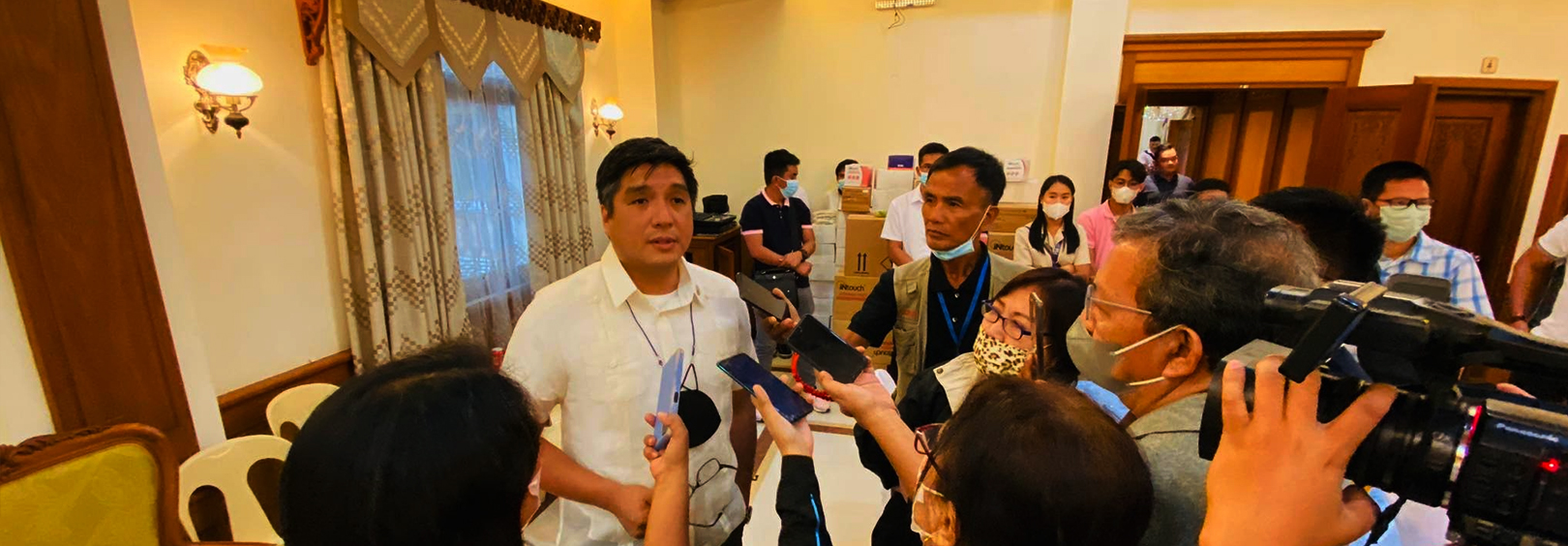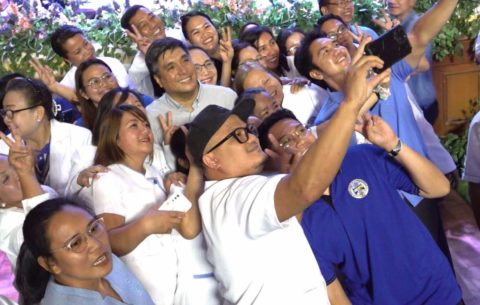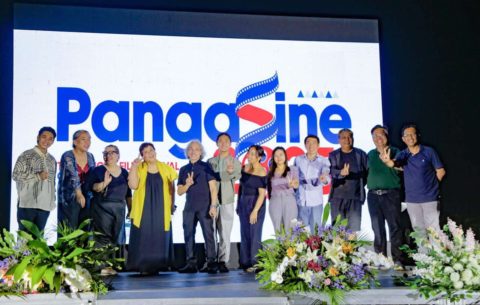Lingayen, Pangasinan—The Provincial Government of Pangasinan is keen on finding solutions to address the flooding problem in the Capitol Complex.
Engr. Alvin Bigay stated that flooding in the area worsened through the years. “Ang mga dating catch basin natin ay natabunan na. Yong mga supposedly napupuntahan sana ng floodwaters umapaw na,” he said as he enumerated three lagoons, including one at the back of the Urduja House, one at the Pangasinan State University (PSU), and one at the Narciso Ramos Sports and Civic Center.
He stated that accretion aggravated flooding, further citing that siltation and the construction of the baywalk, which is higher than the existing level, can also be contributory.
“Although they already put up a drainage system in the Baywalk area, kung titignan po natin ngayon ay heavily silted na ang drainage system kung kaya hindi na po umaagos yung tubig na nagko-cause ng baha,” he emphasized as he mentioned that the last time LimahongChannel was dredged was during the term of former Governor Oscar Orbos, which was around 1996 or 1997.
As seen on the Google map, a sand bar was formed, which is said to prevent the flow of water from upstream to the mouth of the Limahong Channel. Engr. Bigay said this caused floodwater in the Capitol Complex to backflow and affected some portions of nearby villages like Brgy. Poblacion, Maniboc, Pangapisan Norte, and even portions of Libsong West.
With all these setbacks, he said, Governor Ramon V. Guico had efficiently thought of solutions with the help of urban planners. Hence, the redevelopment of the Capitol Complex will include the construction of a wider and bigger drainage system.
“Ang proposal diyan is to construct a wider and bigger drainage system, and we will no longer allow floodwaters to be drained, dito po sa tabing dagat. Bawal po ang magtapon ng wastewater diyan sa tabing dagat. So ang naisip po ng ating mga urban planner is to make the drainage pass through dito sa may Maramba Blvd, and then it will terminate dito sa may San Jose River (Maramba Blvd. bridge),” he added.
A retention pond, which will serve as the first line of defense against floodwater, will also be constructed to help minimize flooding in the area.
Looking at the bigger perspective of the Capitol redevelopment project, the provincial human settlements and urban development authority chief stated that it is natural that some trees will be affected. However, contrary to some claims, not all trees will be cut.
“Hindi po totoo na lahat daw ng namarkahan ay puputulin. The reason we put some markings is for us to conduct an inventory to determine the trees to be affected. Kapag sinabing affected, it doesn’t mean napuputulin,” he said, mentioning that the inventory of trees was conducted with the help of CENRO (Community Environment and Natural Resources) and DENR (Department of Environment and Natural Resources) being the lead agencies.
Except for the mahogany trees that will be cut, some trees will be earth-balled, relocated, or transferred.
Based on the inventory, there are a total of 208 mahogany trees at the Capitol Complex. Said species that are considered “invasive trees” will be cut down. It can be recalled that in June 2020, the DENR banned the use of mahogany, an invasive alien species of tree that kills plants near it.
Coconut trees will return to the eco-tourism site located in Estanza, Lingayen, while some trees will possibly be relocated to the Eco-Park located in Bugallon.
Native trees will then be planted to replenish the trees affected by the project. Earlier, the Pangasinan Native Trees enthusiasts, led by former CENRO chief Celso Salazar, committed to help look for suitable trees that would be planted at the Capitol Complex. Said activity will contribute to the Green Canopy Program of the provincial government.
Meanwhile, two units of earth-balling equipment are set to arrive in the province. These are intended to save trees affected by the Capitol Complex redevelopment project. (Ruby F. Rayat/PIMRO)























